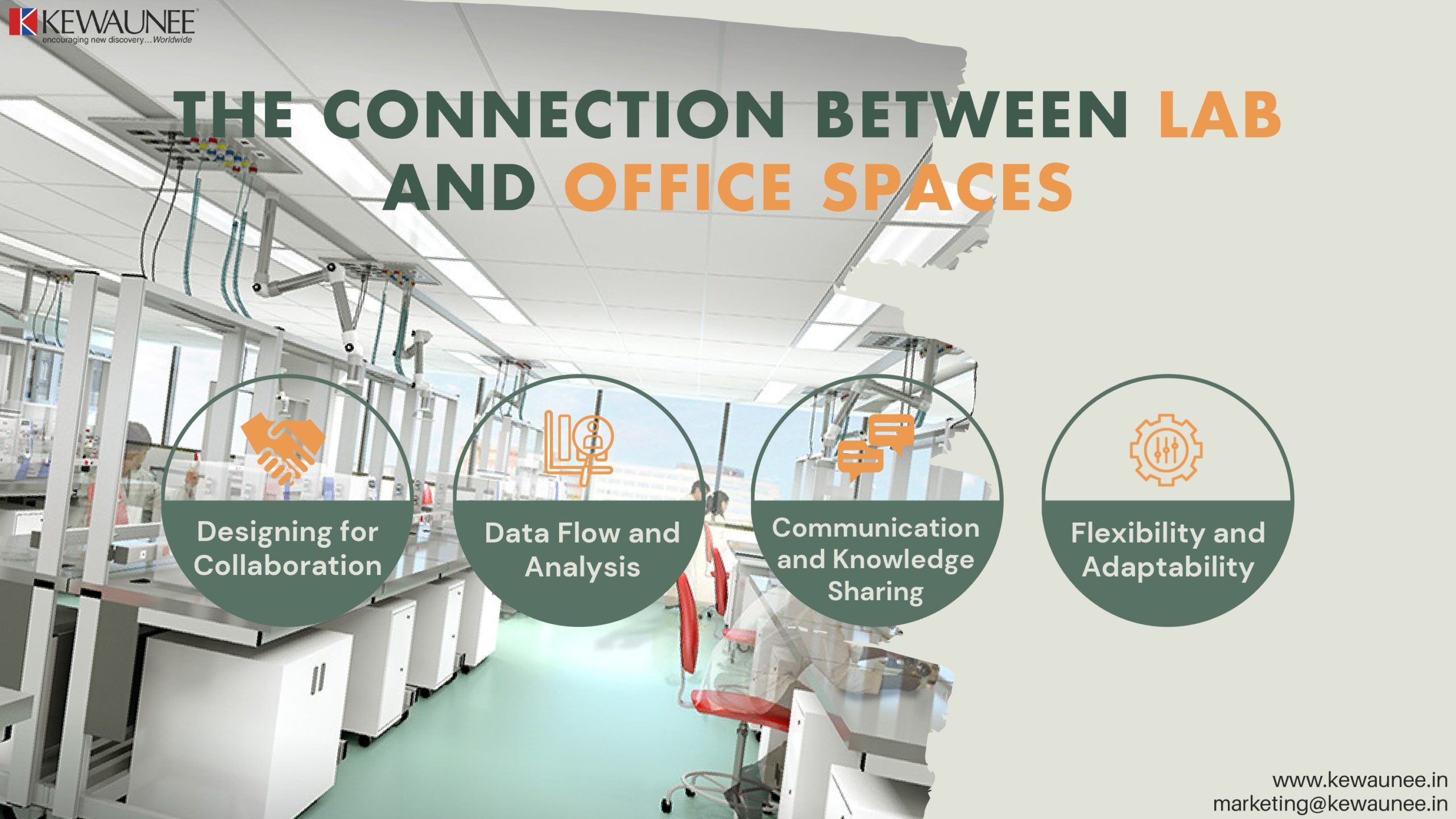The Connection Between Lab and Office Spaces
Laboratories and office spaces may seem worlds apart, but in the realm of scientific research and innovation, they are interconnected hubs of knowledge and discovery.
In this comprehensive blog, we will explore the profound connection between laboratory and office spaces, highlighting how their design and collaboration foster creativity, efficiency, and groundbreaking advancements in various fields.
1: Bridging the Gap
1.1. The Research Continuum:
Scientific research is a continuum that extends from experimentation and data collection in laboratories to data analysis and decision-making in office spaces. The seamless flow of information between these spaces is critical.
1.2. Collaborative Ecosystem:
Successful research outcomes often rely on interdisciplinary collaboration. The interaction between scientists, researchers, and administrators in both lab and office environments is crucial for innovation.
2: Designing for Collaboration
2.1. Proximity Matters:
Strategic placement of office spaces near laboratories facilitates direct communication. Researchers can quickly discuss findings, troubleshoot issues, and make real-time decisions.
2.2. Collaborative Zones:
Designing collaborative zones within laboratories and adjacent office spaces encourages impromptu meetings, idea sharing, and cross-disciplinary discussions.
3: Data Flow and Analysis
3.1. Data Transfer:
Laboratories generate vast amounts of data. Office spaces are equipped with the technology and expertise to process, analyze, and interpret this data for research insights.
3.2. Decision-Making:
In the office, researchers can analyze experimental results, plan future experiments, and make informed decisions based on data trends and scientific literature.
4: Communication and Knowledge Sharing
4.1. Meetings and Presentations:
Office spaces serve as hubs for meetings, presentations, and knowledge sharing. Researchers can discuss their findings, present research progress, and seek input from colleagues and mentors.
4.2. Research Dissemination:
Office spaces are where research findings are transformed into scientific papers, reports, and presentations for conferences and publications.
5: Flexibility and Adaptability
5.1. Evolving Research Needs:
Scientific research is dynamic, with changing objectives and methodologies. The design of laboratory and office spaces should allow for flexibility and easy adaptation to evolving research requirements.
5.2. Modular Design:
Modular laboratory and office layouts enable reconfiguration and expansion without major disruptions, reducing downtime and renovation costs.
Summary
In summary, the connection between laboratory and office spaces is the backbone of scientific research and innovation. These spaces are not isolated entities but rather integral components of a collaborative ecosystem. Proximity, design, and communication foster creativity and efficiency, enabling researchers to generate, analyze, and disseminate knowledge effectively.
As the scientific landscape continues to evolve, the synergy between laboratories and office spaces will remain vital, driving discoveries and advancements across various fields. The relationship between these spaces exemplifies the power of collaboration and knowledge sharing in the pursuit of scientific excellence.
Comments are closed.











